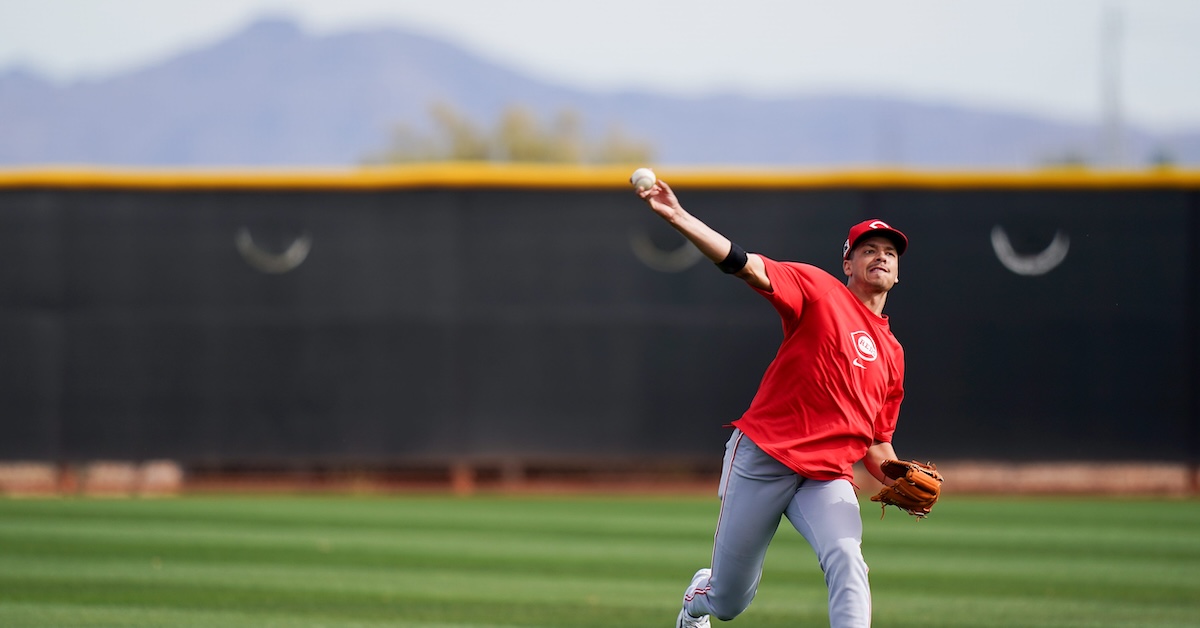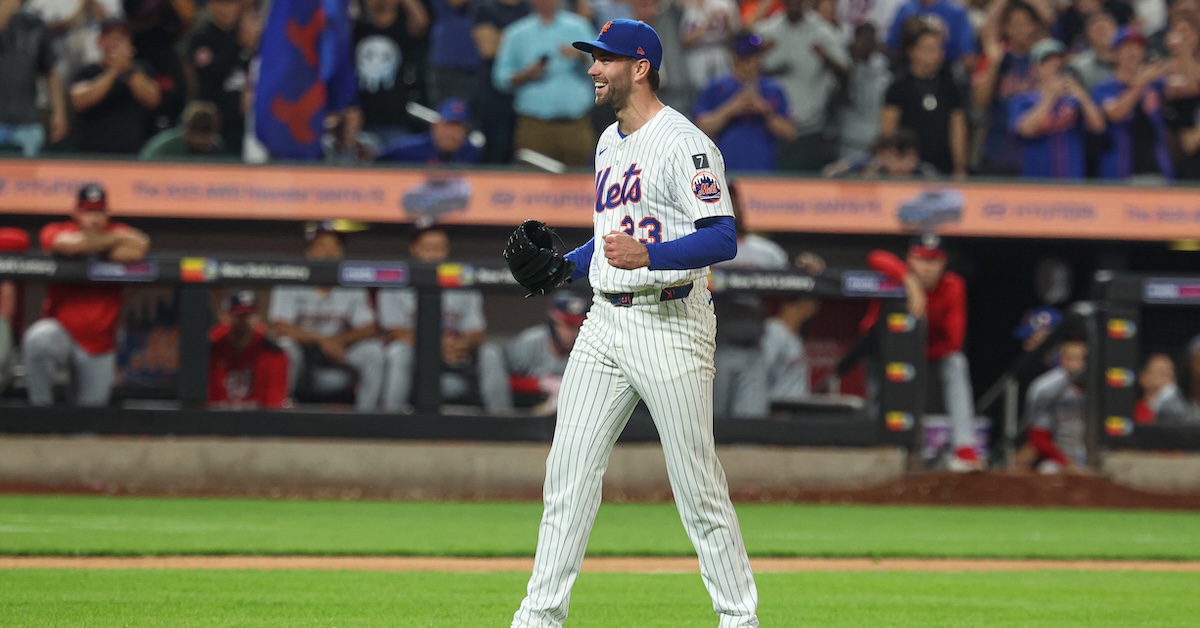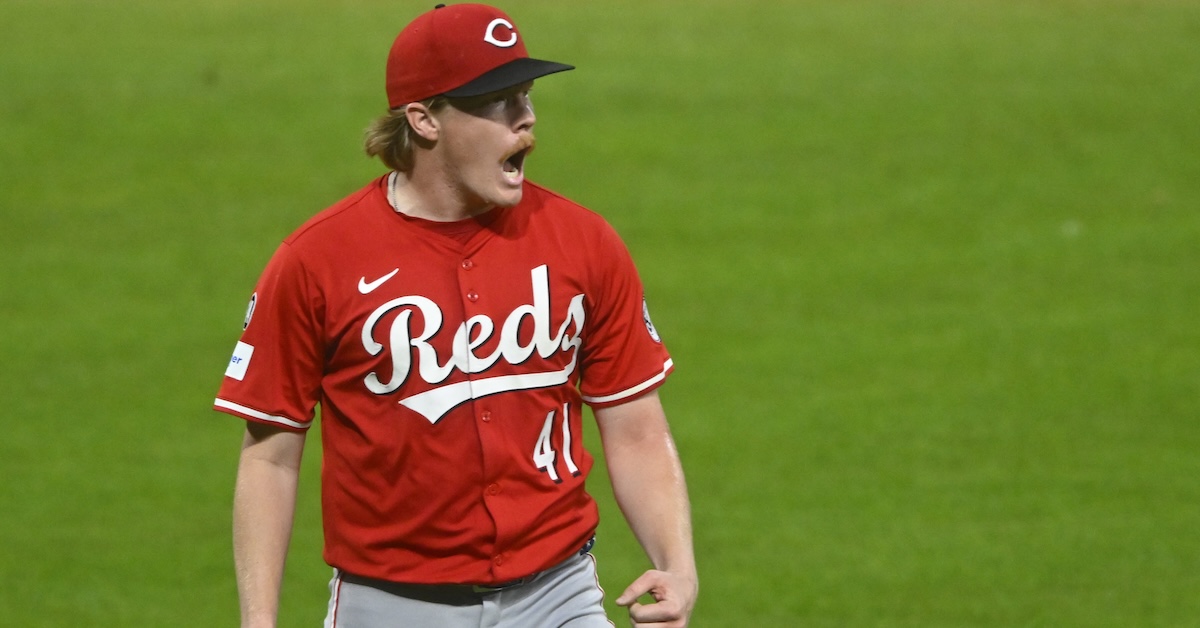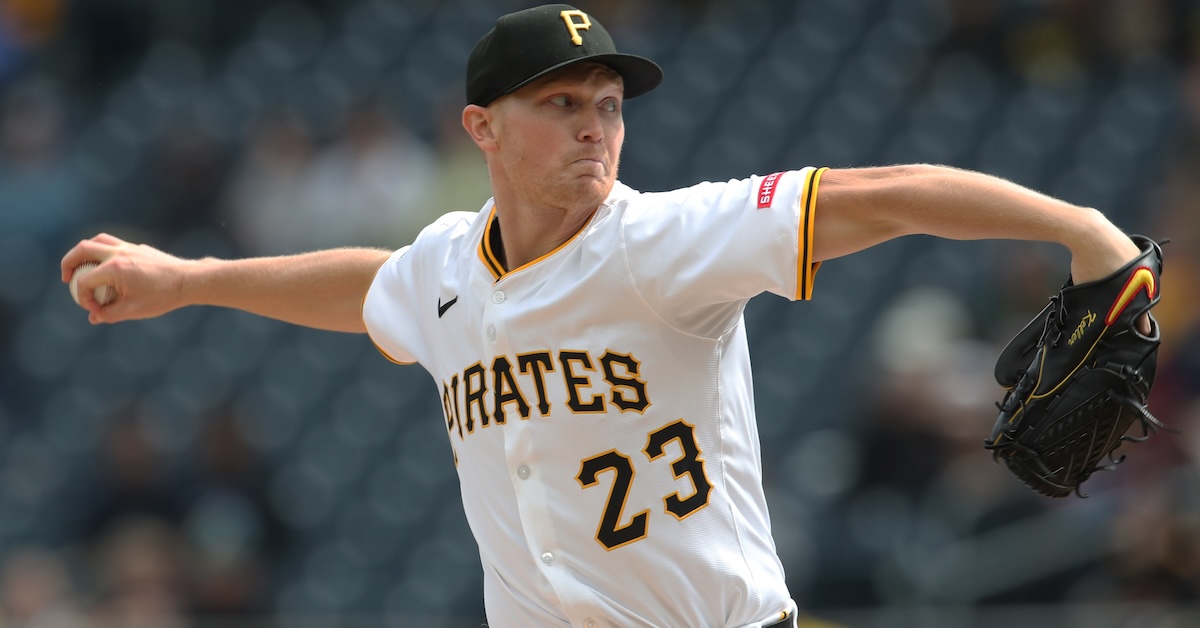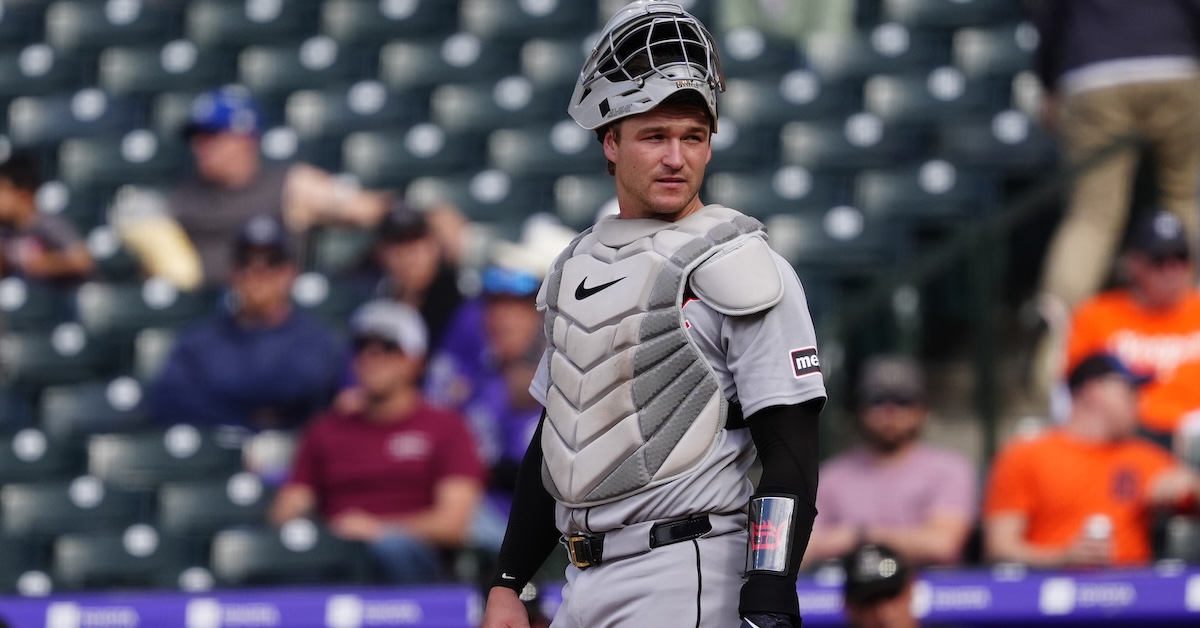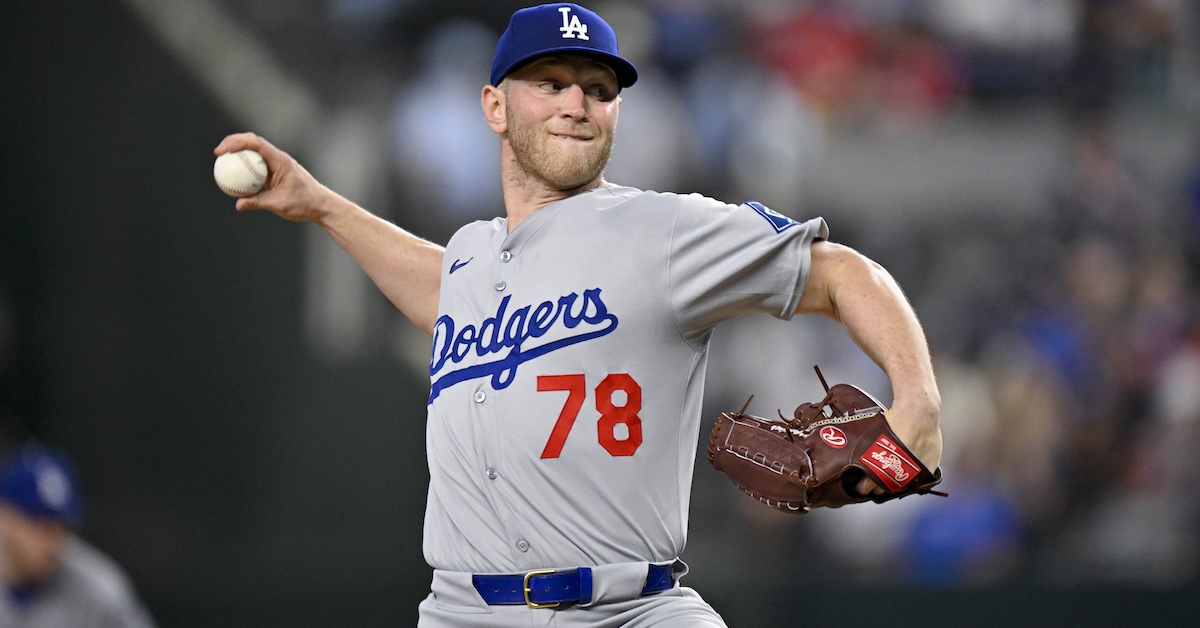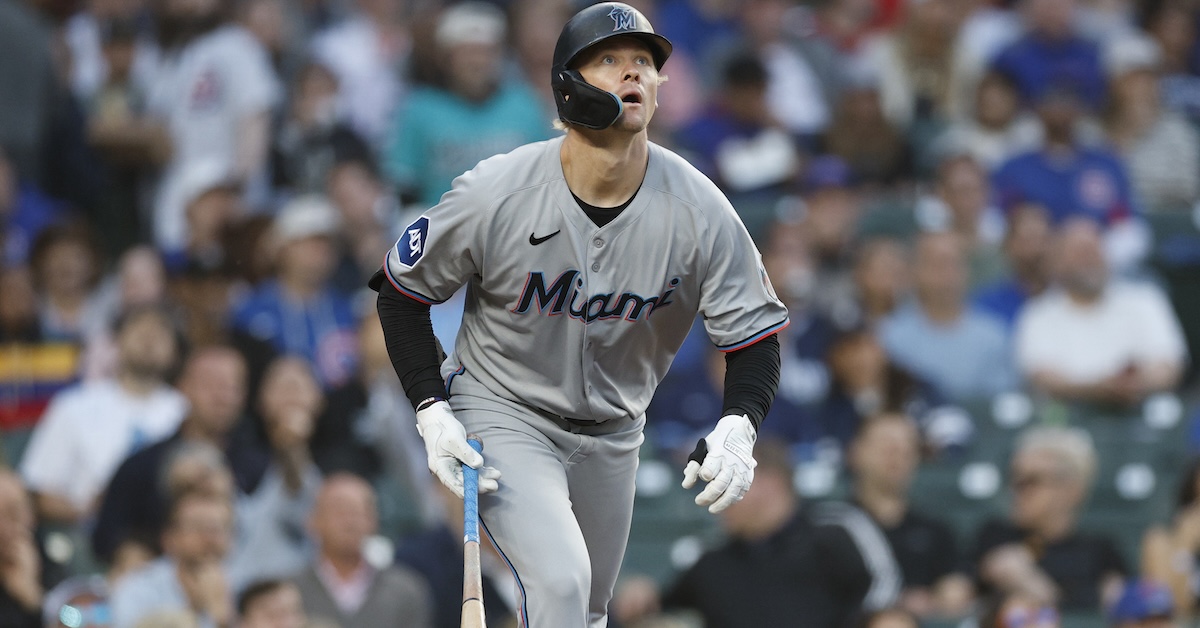Ball Moves Pretty Fast. You Probably Won’t Miss It.
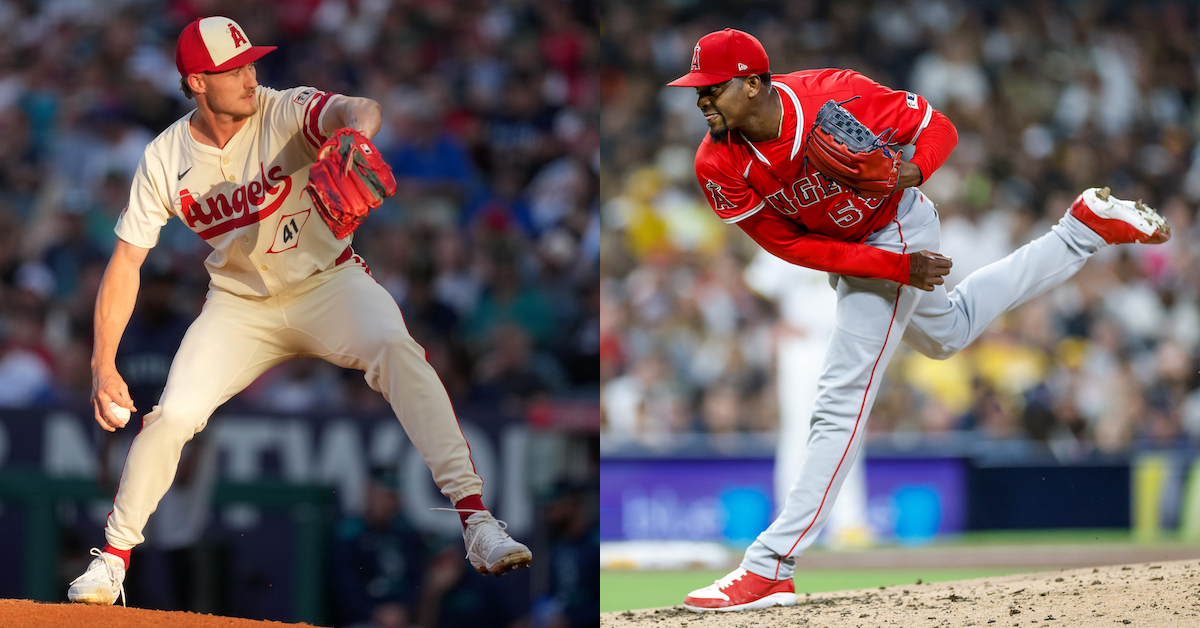
Earlier this week, I was writing about Reds rookie Chase Burns, the hard-throwing former Tennessee and Wake Forest ace who was about to make his first major league start. Burns throws really hard — always has — so I dialed up the fastball velocity leaderboard to see how he stacked up against starters at the major league level. (Quite well, it turns out.)
Anyway, the Angels have a couple guys who are pretty high on that list. José Soriano’s four-seamer averages 97.7 mph, which is one-tenth of a mile short of what Burns managed in two Triple-A starts, but up here in the real-world majors, that makes him the hardest-throwing qualified starter apart from Paul Skenes. Tarik Skubal? Jacob deGrom? Dylan Cease? Those guys can go take a hike. Read the rest of this entry »
